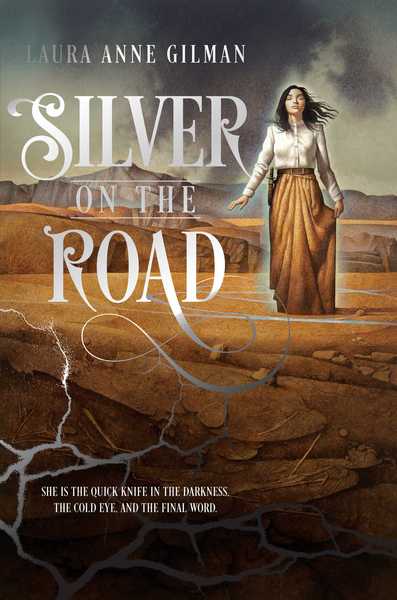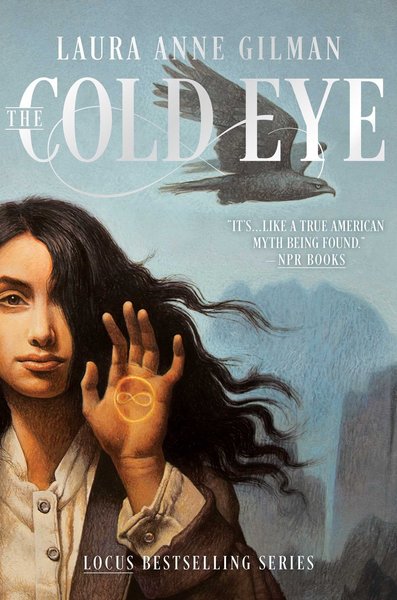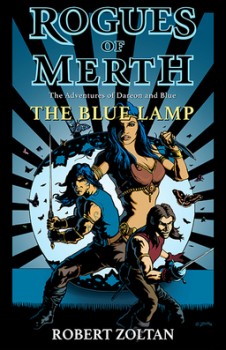Modular: How to Introduce Kids to Tabletop Role-Playing #1: Picking a System and Genre
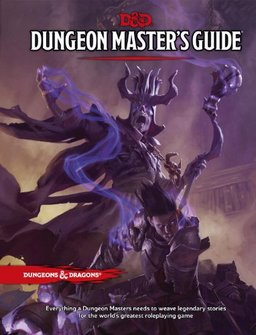
It’s Christmas. You’ve got everybody together. Perhaps you’ve all watched Stranger Things and now you have the urge to dust down your dice, dig out the Dungeon Masters’ Guide and introduce whatever kids just happen to be lying around to the imaginative world of your youth.
Or perhaps in a fit of nostalgia, you made a Christmas present to yourself of a recently published role-playing game, but the only available players right now are under 12. Or perhaps you’re like me, a life long player, and this is just a good moment to share the joy.
So how do you go about introducing kids to tabletop role-playing?
Really very easily, as it happens. The youngest child I’ve GM’d for was my 5-year-old-daughter when she crashed a party of 9-year olds, found all the traps and made off with the loot. Having done this a few times and talked to other gamer-parents, I’ve noticed a few things…
(Geek and Sundry beat me to the punch on this one (link), but my take is slightly different.)
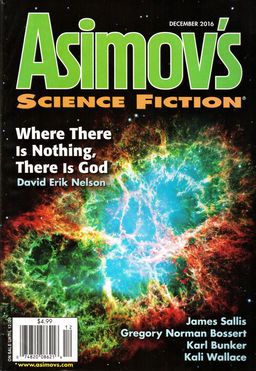

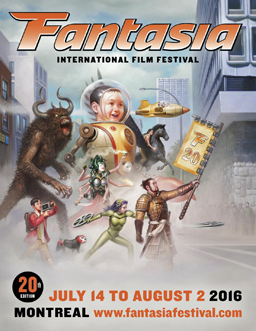 Having finally posted reviews of all the movies I saw at the 2016 Fantasia International Film Festival, I want by way of conclusion to think about what I’ve learned. I don’t just mean about film, or about the film industry. But about genre, and what genre does, and how it works on film.
Having finally posted reviews of all the movies I saw at the 2016 Fantasia International Film Festival, I want by way of conclusion to think about what I’ve learned. I don’t just mean about film, or about the film industry. But about genre, and what genre does, and how it works on film.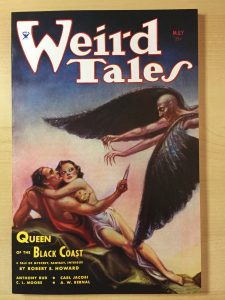
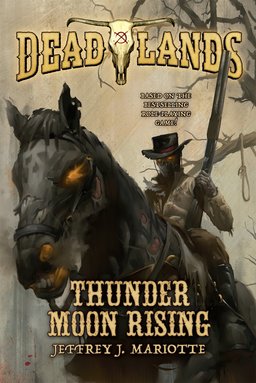
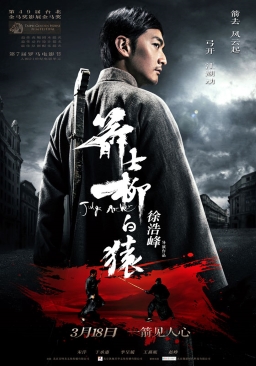 Wednesday, August 3, was the last day of the Fantasia International Film Festival. Three full weeks of genre films would wrap up here, and I was looking forward to the three last films of the year. The day would begin with the Chinese martial-arts film Judge Archer (Jianshi liu baiyuan). After that came the independent American movie If There’s a Hell Below, promising a paranoid thriller about whistleblowers and government surveillance. Finally came a movie I’d been eagerly anticipating since the start of the festival, the Polish science-fictional classic from 1977 On the Silver Globe (Na srebrnym globie), a space opera about colonization and war on an alien planet. All three were rewarding, and all three were pleasantly (and increasingly) elliptical.
Wednesday, August 3, was the last day of the Fantasia International Film Festival. Three full weeks of genre films would wrap up here, and I was looking forward to the three last films of the year. The day would begin with the Chinese martial-arts film Judge Archer (Jianshi liu baiyuan). After that came the independent American movie If There’s a Hell Below, promising a paranoid thriller about whistleblowers and government surveillance. Finally came a movie I’d been eagerly anticipating since the start of the festival, the Polish science-fictional classic from 1977 On the Silver Globe (Na srebrnym globie), a space opera about colonization and war on an alien planet. All three were rewarding, and all three were pleasantly (and increasingly) elliptical.